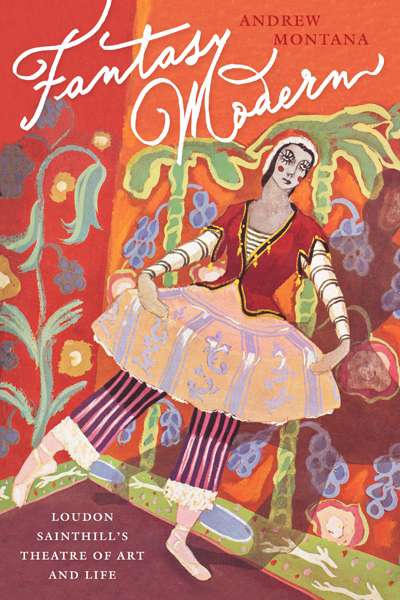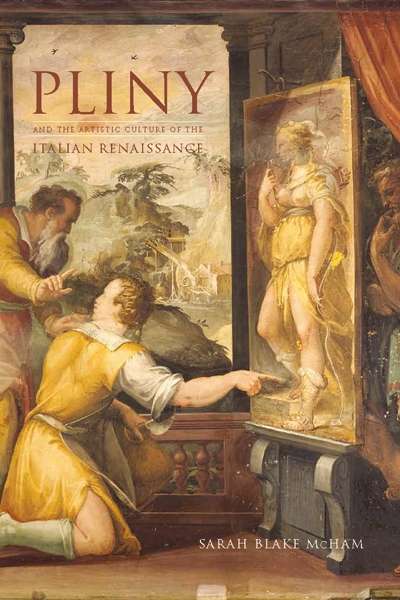Arts
I have been looking at the world through tartan frames recently, thanks to the current exhibition ‘For Auld Lang Syne: Images of Scottish Australia from First Fleet to Federation’ and its accompanying catalogue. Actually, to call it a catalogue doesn’t do it justice; its 330 pages ransack dozens of different angles of the Caledonian experience, with essays by ...
The Rijksmuseum used to be the dullest of the major European collections. It looked as though Ursula Hoff had painted all the pictures. An air of dowdiness hung over the massive building and crowded collections where the good and the great indiscriminately mixed in with the mediocre in warren-like galleries with an over-supply of the decorative arts.
...Fantasy Modern: Loudon Sainthill's Theatre of Art and Life by Andrew Montana
With aching feet, bursting bladders, and the odd carrot for sustenance, Samuel Beckett’s famous pair of tramps have shuffled on to the stage of the Sydney Theatre for an extended run, though run is hardly the apposite word for this stationary duo. Perhaps one could call it an extended slump.
... (read more)Pliny and the Artistic Culture of the Italian Renaissance: The legacy of the 'Natural History' by Sarah Blake McHam
Living in a Modern Way: California Design 1930–1965 edited by Wendy Kaplan
Stolen Glimpses, Captive Shadows: Writing on Film 2002–2012 by Geoffrey O'Brien
World Film Locations: Melbourne edited by Neil Mitchell
Stranger by the Lake is set entirely within the perimeters of a cruising ground for men by the shores of a lake in France. There unfolds a perfectly simple temporal conceit in which the cruiser, a handsome thirty-something everyman called Franck (Pierre Deladonchamps), arrives each summer day, parks his car, and walks down to the pebbled beach by the lake’s edge. That this is a narrative of repetitions becomes clear the third or fourth time we see the sunny establishing shot of the makeshift carpark where Franck parks his Renault. His routine documents almost ethnographically what happens at the cruising ground: he walks down to the beach, greets some acquaintances, takes off his clothes, swims, sunbakes, waits, rummages around in the scrub for sex, then does it all again.
... (read more)





